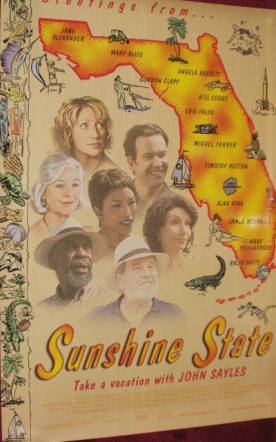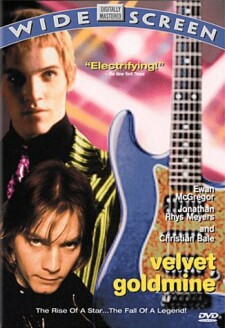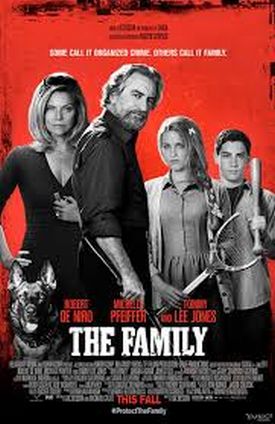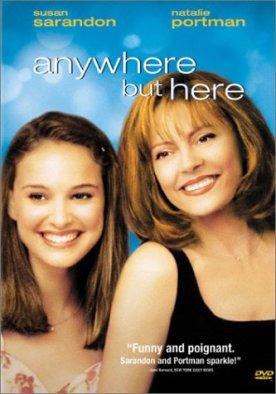Sunshine State
Sunshine State is a typical John Sayles film. That is to say, it is an eat-your-vegetables movie, a movie that is supposed to be good for you and give you lots of chewy, nutritious food for thought. Even if you don’t want to think, you have to know this is important stuff, not mere entertainment. Social conscience demands that we watch it. And have a discussion afterwards. The trouble, from a pure movie-goer’s point of view, is that the thing is so crammed full of “issues” that any potential discussion is bound to be unfocussed. More seriously, the enjoyment of the viewer is considerably diminished by the need to keep leaping from one “issue” to the other. This is what you have to do instead of following the story, to which lesser movies commonly pin such hopes of entertaining us as they have.
In Sunshine State there are as many stories as there are “issues.” Issue number one, as John McLaughlin might say, is environmental. A developer proposes to move in to the fictional town of Delrona Beach, Florida (based on the actual Amelia Island), with up-market golfing communities that will drive out and dispossess the people that have lived there for generations. And competing with this one for pride of place is the racial issue, since Delrona Beach is divided into black and white sectors with a history of bad blood between them. The black community, led by Dr. Lloyd (Bill Cobbs), is somewhat more energized against the developers than the white, but both are torn between the opposed impulses to hang on to what they’ve got and to take the money and run.
If your impromptu discussion group doesn’t like either of these topics, the movie has plenty of others to choose from. There are also serious thoughts on the subjects of teenage pregnancy, fatherlessness (particularly in the black community) and “role models,” gambling addiction, the disappointments and exploitation of women, the plight of the small businessman confronted with corporate behemoths, crime and punishment, tourist traps and bogus “heritage” festivals, the history of white settlement in Florida and the U.S. in general and the dominant culture’s treatment of Native Americans — to name just a few of the alternatives.
Like the island, the movie is divided into two parts, the black and the white, which are connected by the desire of the wicked developers to dispossess both. This being John Sayles, however, even the wicked developers are allowed a say. A sort of Greek chorus of golfers, led by Murray Silver (Alan King), pops up from time to time during the course of the film, and, a propos of nothing else in it, they comment on the corporate view of the environment. “Nature,” says Murray, for example, “is overrated.” What he thinks people really want is “Nature on a leash” — which is certainly true if by “nature” you mean things like hurricanes, earthquakes, malarial mosquitoes, typhoid germs and cancer.
Of the many stories started like rabbits by Sayles’s moral bulldozer there are two main ones. One concerns Desirée (Angela Bassett), a young black woman returning to her home town for the first time in years. She had left while still in high school when she got pregnant by a high school football star. Though she lost the baby, she has stayed away until now when she returns with her new husband, Reggie (James McDaniel), an anaesthetist. Her mother, Eunice (Mary Alice), is resentful about her long absence, and the football star (Tom Wright) has recently returned to the community as well, after almost winning the Heisman trophy and missing out on a pro career on account of a bad knee.
Desirée is rather overawed by the respect in which her mom is held by the black community. Among her many good works has been the adoption of a tragic black orphan, Terrell (Alexander Lewis), whose father killed his mother and then himself. Terrell is beginning to get in trouble with the law but begins looks up to Reggie when the latter undertakes to build a coffin for the formidable leader of the town’s amateur dramatic society, Delia Temple (Jane Alexander) who is producing a dramatic rendition of Faulkner’s As I Lay Dying and who remembers Desirée as her star drama student in high school.
Delia’s daughter, Marly (Edie Falco), runs the family business, a motel and restaurant, and hers is the second main story. A former Weeki Wachee girl who, decked out in a ridiculous mermaid costume, used to swim with dolphins, she is being wooed by the developers for the family property and, with rather more success, by their attractive but insipid landscape architect, Jack Meadows (Timothy Hutton), for her own charms. Meanwhile, the developers seek to bribe Earl (Gordon Clapp), a crooked town councillor with a gambling problem, while Earl’s wife, Francine (Mary Steenburgen), is running the town’s “Second Annual Buccaneer Days Festival.” Francine feels sorry for herself. “People don’t realize how difficult it is to invent a tradition,” she says.
All these story elements are put into orbit around the general political question of the management (or lack of it) of change and are left (in my view) to circle endlessly. Nothing is resolved and the destruction of the community is only deferred for a while at the end. This reinforces the general sense of futility and pessimism reflected in the developers’ cynical comments about the Buccaneer Days: that “people hate history” because it is nothing but a catalogue of “mass murder, rape and slavery.” That’s why they have to “dress it up a little” with fanciful pirate ships and comic pirates. But if mass murder, rape and slavery have given way to nothing worse than tacky tourist festivals and golf courses with gated communities, you’d think it would seem like more of a change for the better than it does to John Sayles and those — not me — to whom he hopes to appeal.
Discover more from James Bowman
Subscribe to get the latest posts to your email.







